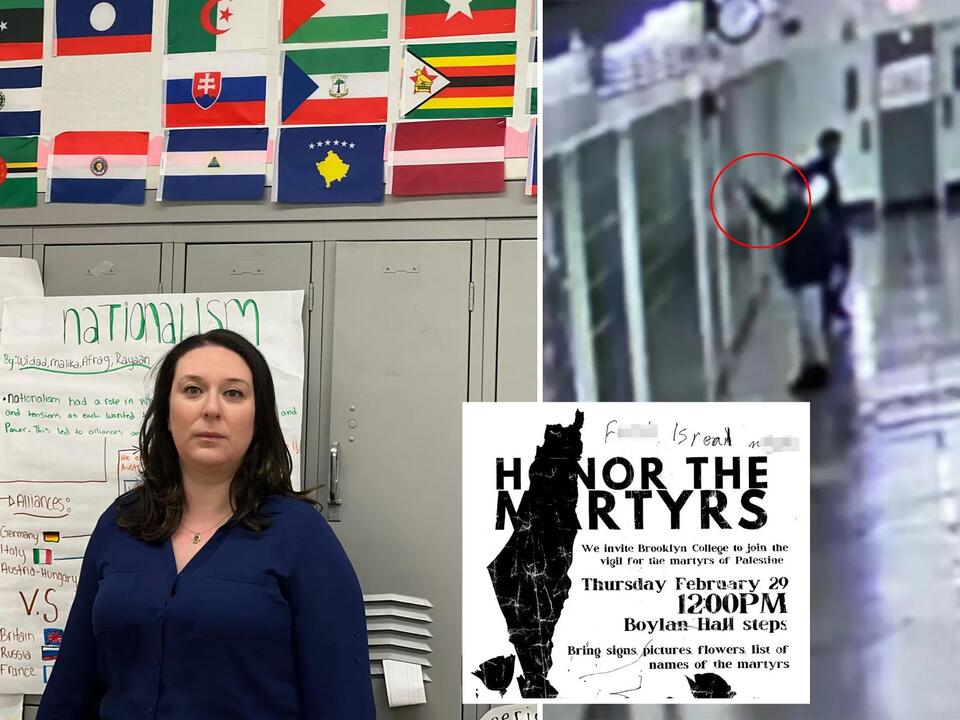Students at Origin High School in Sheepshead Bay, Brooklyn, have raised concerns over a disturbing surge in antisemitic behavior among their peers, pointing to radicalizing content on social media platforms as a significant contributing factor. The revelation follows recent incidents of hate speech and actions targeting Jewish teachers and classmates, including explicit expressions of admiration for Adolf Hitler.
Disturbing Social Media Trends
According to students, antisemitic sentiments permeate social media channels and are often propagated anonymously through burner accounts. One sophomore recalled a viral video depicting Jewish boys being subjected to Nazi gestures while attempting to play basketball, underscoring the pervasiveness of hateful content in online spaces.

Family Influence and Cultural Biases
Observations from classmates suggest that antisemitism and anti-Israel sentiment may also be nurtured within students’ familial environments, particularly among those from Middle Eastern backgrounds. With a substantial portion of Origin High School students being Muslim and hailing from diverse cultural backgrounds, some believe that biases and prejudices are instilled at home from an early age.
Inadequate Response from Authorities
Critics have chastised the Department of Education for its failure to address the proliferation of antisemitic rhetoric within schools effectively. Despite repeated incidents of hate speech and harassment targeting Jewish individuals, school administrators have been accused of downplaying the severity of such actions and failing to implement appropriate consequences.
Reports indicate that instances of antisemitic harassment were not classified as bias-related, thereby absolving perpetrators of accountability and denying affected students the protection afforded by bias-motivated incident protocols. This lax approach has drawn condemnation from advocacy groups and raised questions about the DOE’s commitment to combating hate speech in educational settings.
Community Perspectives and External Influences

Local community leaders and religious figures have attributed the rise in antisemitism among teenagers to a combination of social media exposure and external influences, such as participation in political movements like the “Free Palestine” campaign. While emphasizing that antisemitism is not endorsed within their religious teachings, community members acknowledge the influence of online content and societal tensions in shaping youths’ perceptions and behaviors.
As concerns mount over the radicalization of students and the prevalence of hate speech, stakeholders stress the urgency of implementing comprehensive strategies to address underlying societal biases and safeguard vulnerable communities from discrimination and bigotry. Efforts to combat antisemitism must extend beyond punitive measures to include education, dialogue, and community engagement initiatives aimed at fostering inclusivity and mutual respect.